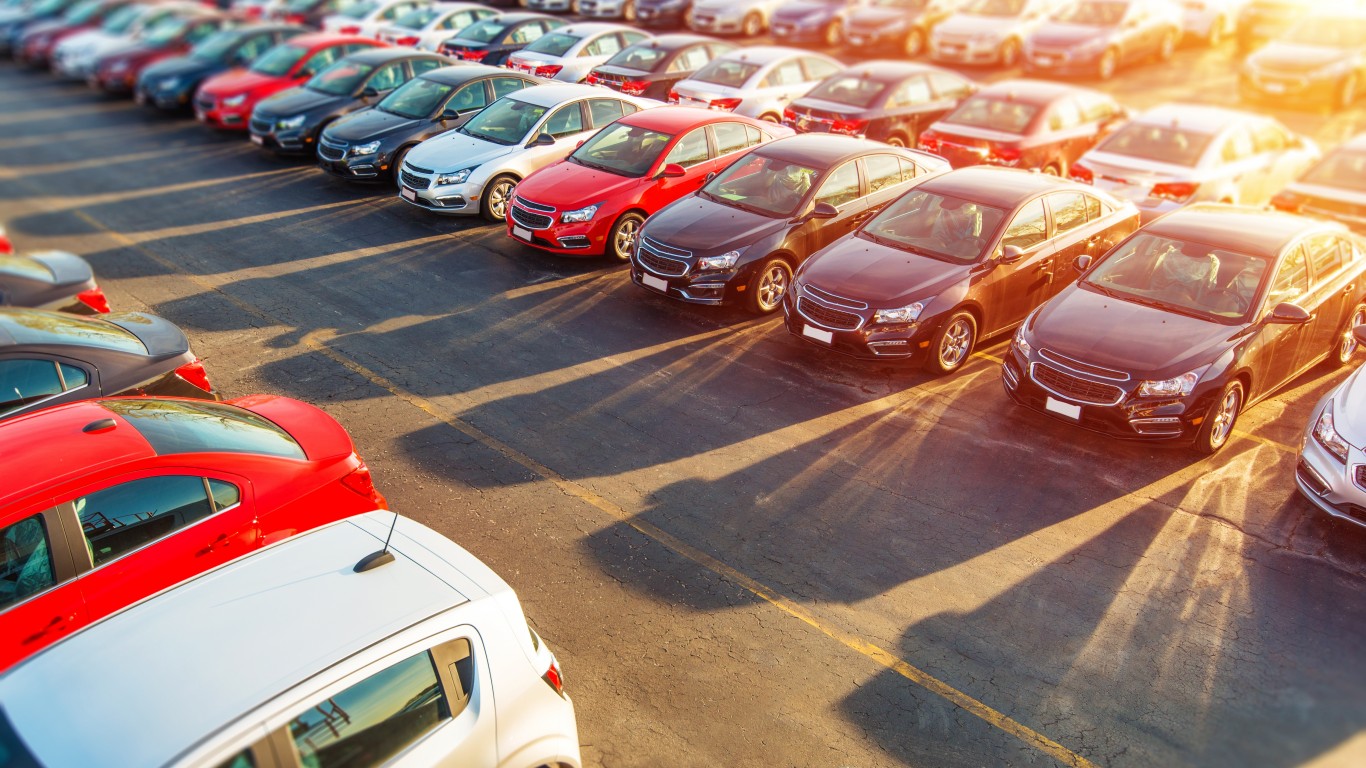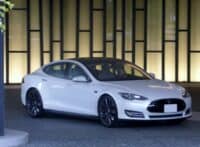
World War II significantly influenced the design of vehicles released in the 1940s. The majority of the vehicles manufactured during the war reflect utilitarian, austere designs with an emphasis on functionality. The war effort necessitated conserving resources, forcing car manufacturers to focus on durability and efficiency. This resulted in simpler, boxier shapes and the loss of chrome trim. The postwar period witnessed a profound shift in automobile design, transitioning to more stylized and consumer-oriented models. Postwar autos were sleeker and enhanced by features like prominent fenders, and the return of chrome accents. As the demand for automobiles soared in the postwar consumer boom, car designs increasingly prioritized aesthetics and comfort. Hop in the Wayback Machine with the 24/7 Wall St. gang as we revisit the 20 coolest cars released in the 1940s, presented alphabetically.
Aero Minor

Small dimensions and eclectic styling are hallmarks of the Czech-made Aero Minor, a popular choice in the Eastern Bloc during its production between 1946 and 1952. Its 2-cylinder rear-engine layout and two-door body style made it a suitable urban commuter. The car’s simple design and affordable price catered to a market that sought economical, practical transportation. Despite its limited production and regional availability, the Aero Minor has become a symbol of post-war automotive production in Czechoslovakia. Disambiguation: The Aero Minor should not be confused with the Morris Minor (1948-1971) manufactured in Britian.
Aston Martin 2-Litre Sports
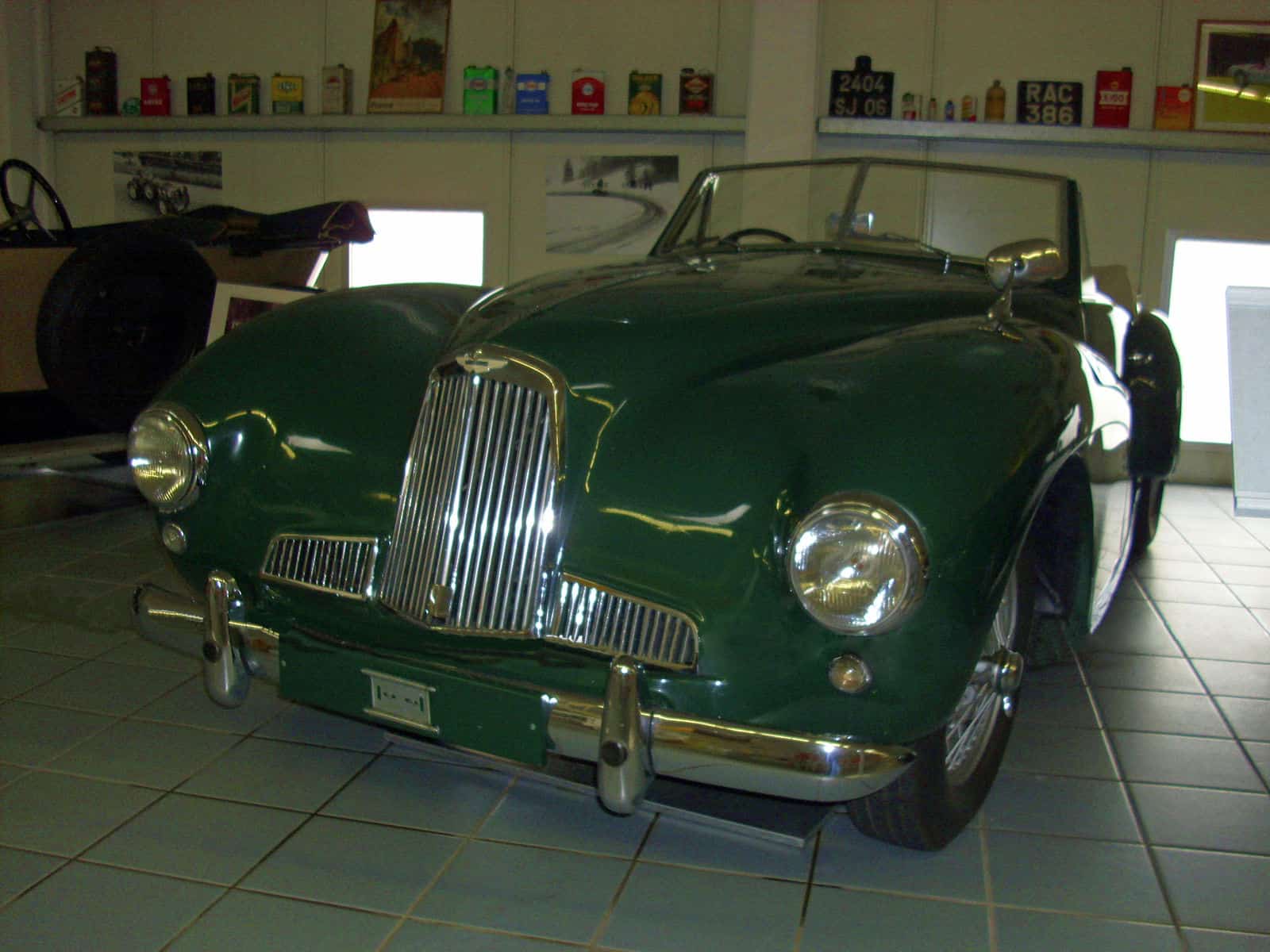
Introduced in 1948, the Aston Martin 2-Litre Sports marked the company’s return to production after the war. The Aston Martin 2-Litre Sports’ lightweight construction and sporting characteristics appealed to a wide market. While production numbers were limited (only 15 were produced), the Aston Martin 2-Litre Sports laid the foundation for the company’s subsequent success in blending high performance with suave, double-0h-seven design, establishing a legacy that continues to define the Aston Martin brand today.
Bristol 400/401

The Bristol 400, introduced in 1947, was a post-war luxury car produced by the British manufacturer Bristol Cars. Derived from the pre-war BMW 326, the 400 featured an aerodynamic design, advanced engineering, and exceptional craftsmanship. Powering the 400 was a BMW-derived 2.0-liter inline-six engine coupled with a four-speed manual transmission. The 400’s elegant yet understated exterior and luxurious interior appealed to a discerning clientele. The car’s hand-built construction and underscored Bristol’s commitment to quality and performance. However, the Bristol 400 was only the beginning. The Bristol 401, introduced in 1948, was the first model in the 400 series to feature an all-aluminum body, departing from the aluminum and steel construction of the 400. It retained the 2.0-liter BMW-derived inline-six engine but incorporated several upgrades, including improved suspension and braking systems. With slightly over 1000 produced the Bristol 400 (487 units) and Bristol 401 (611 units) are prized collectibles.
Chevrolet AK Series
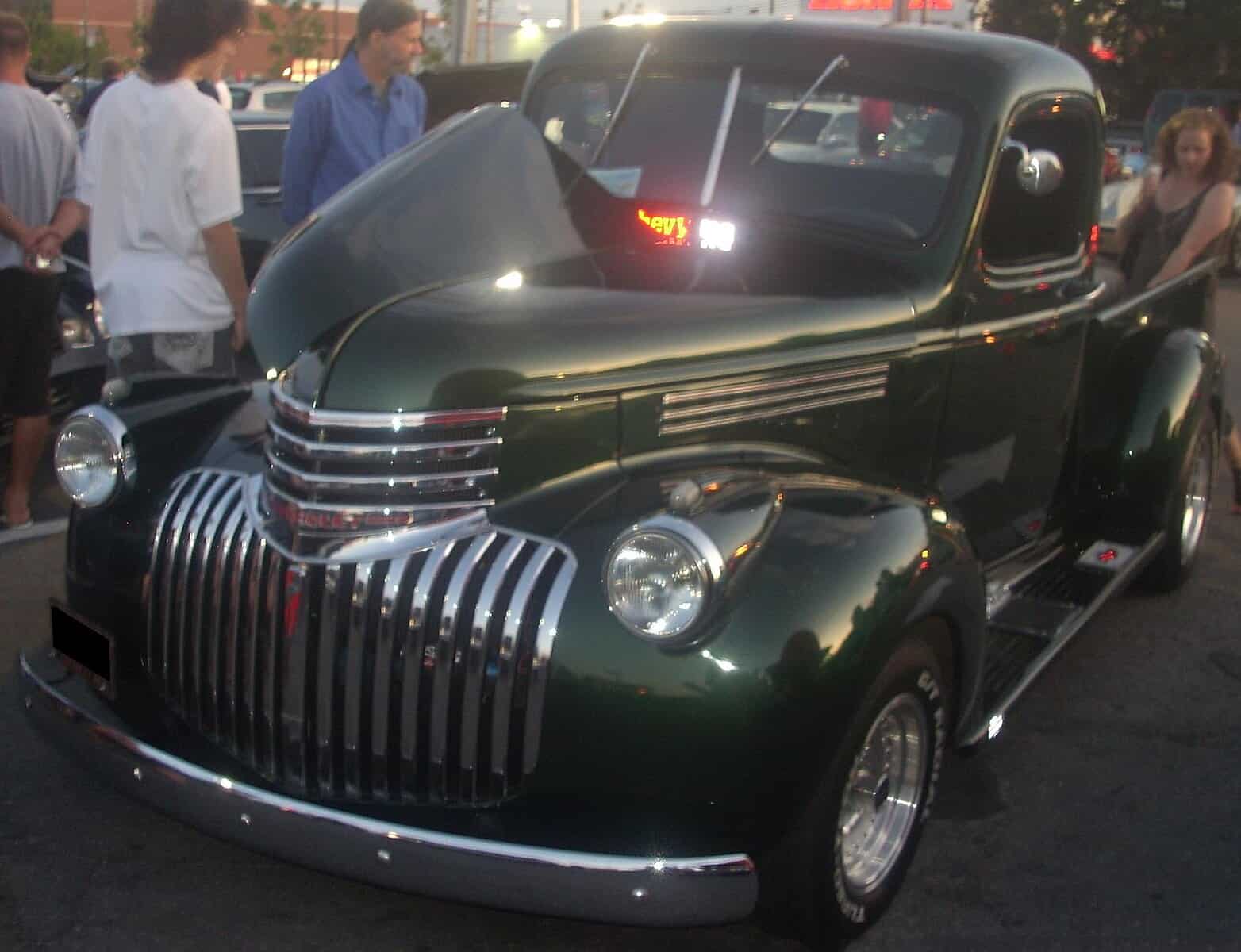
Art Deco trucks 1941-1947
The Chevrolet AK Series, introduced in 1941, represented a continuation of Chevrolet’s successful line of trucks. The series was comprised of light-duty and medium-duty commercial vehicles, including pickups and delivery trucks. The AK Series trucks featured a sturdy design with a distinctive Art Deco-inspired grille and fenders. However, the production of civilian vehicles was abruptly halted with the United States’ entry into World War II, shifting manufacturing priorities to support the war effort. As a result, the 1941 AK Series trucks are relatively rare, as production was limited, reflecting the impact of wartime mobilization on the automotive world.
Delahaye Type 175
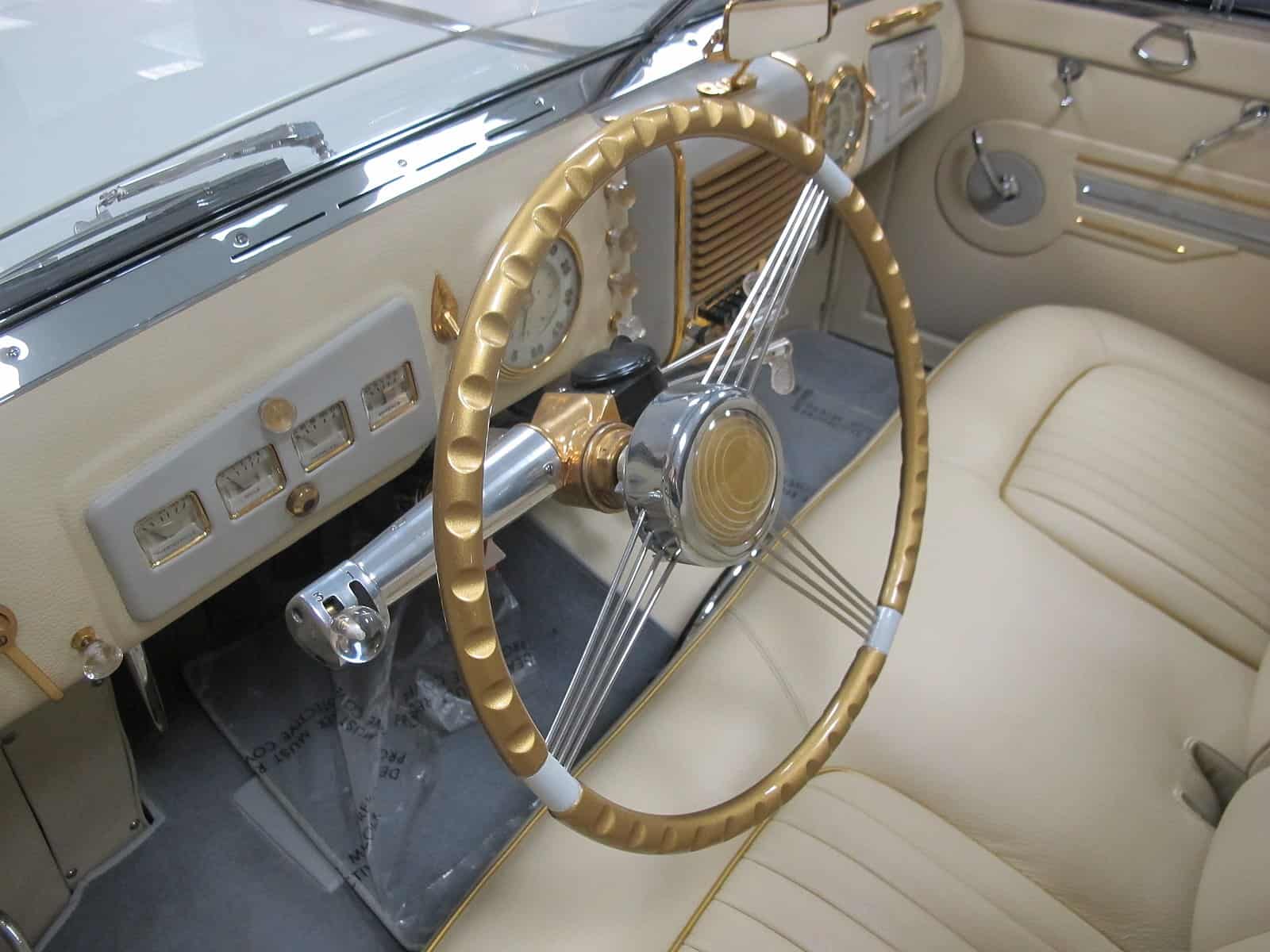
Introduced in 1948, the Delahaye Type 175 was a luxury automobile produced by the French manufacturer Delahaye. The Type 175 combined luxury with performance in various body styles, including sedans and limousines. The Type 175 was powered by a 4.5-liter inline-six engine, providing a smooth and powerful driving experience. Graceful lines and opulent interiors were hallmarks of the Delahaye Type 175 which catered to a discerning clientele, seeking a blend of style and performance in the aftermath of World War II.
DeSoto Series S-10
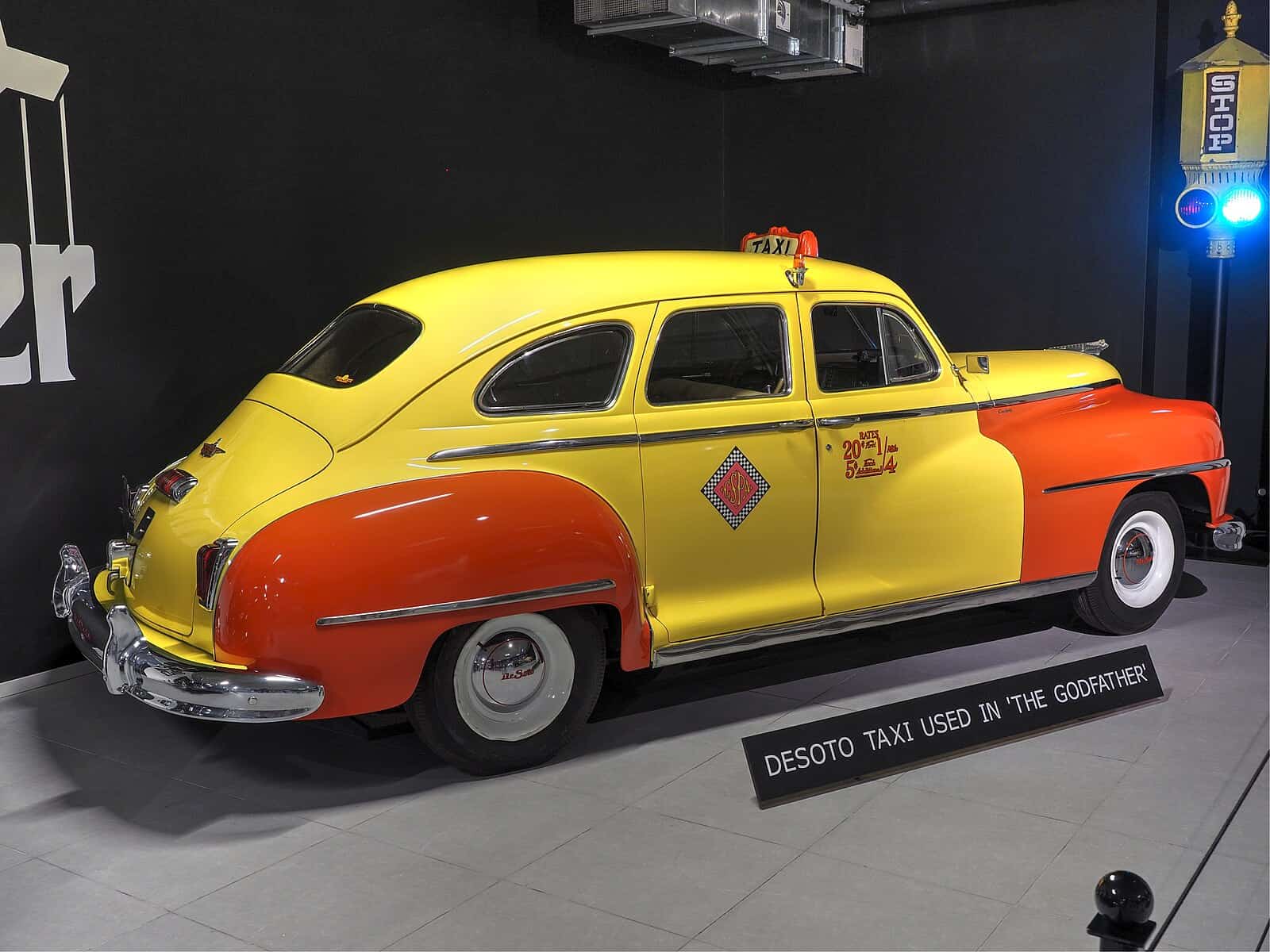
The DeSoto Series S-10, produced between 1942 and 1952, was manufactured by the Desoto arm of the Chrysler Corporation. The S-10 featured both sedans and coupes, with streamlined Art Deco design elements. Equipped with inline-six engines, these cars were known for their smooth, reliable performance. The DeSoto S-10 helped establish DeSoto as a prominent player in the mid-priced car market, appealing to consumers seeking a balance of affordability and sophistication.
Ferrari 159 S
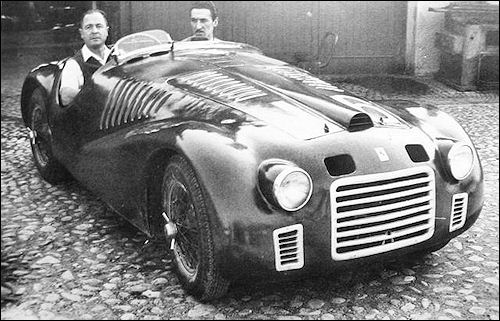
The Ferrari 159 S, produced in 1947, was a remarkable sports car that exemplified the early success of the renowned Italian automaker. The 159 S was powered by a commanding 1.9-liter V12 engine. The car featured a lightweight chassis, advanced suspension, and aerodynamic styling. With a limited production of two, the 159 S played a crucial role in establishing Ferrari’s reputation for high-performance sports cars and set the stage for the company’s subsequent success in both racing and luxury automobile markets.
Ford Pilot

The Ford Pilot, introduced in 1947, was a large saloon car (sedan) that played a significant role in the post-war automotive landscape. Produced by Ford of Britain, the Pilot featured a distinct pre-war design, characterized by its prominent grille and fenders. Under the hood, it housed a 3.6-liter V8 engine, making it one of the first mass-produced V8 cars in the United Kingdom. The spacious interior accommodated six passengers comfortably, and the car was well-received for its durability and reliability. Despite its utilitarian design, the Ford Pilot managed to convey a touch of elegance, appealing to the family and executive market alike.
Invacar
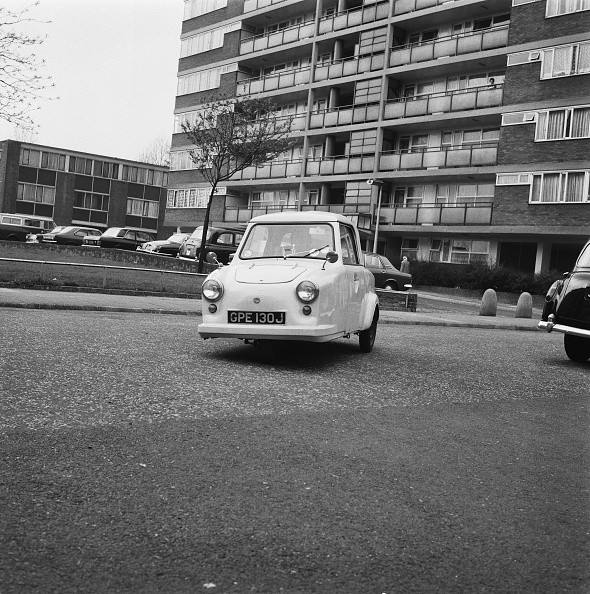
The Invacar was introduced in 1948 to provide affordable and practical transportation for disabled individuals in the post-war period. The vehicle featured a distinctive design with a single front wheel and a rear-mounted engine. The government in the United Kingdom later implemented programs to provide Invacars to people with disabilities. Drivers operated the Invacar from a seated position at the front, while the rear of the vehicle accommodated a wheelchair or other mobility equipment. While it served its purpose of providing increased mobility, changes in regulations and safety standards led to the phasing out of the Invacar program in 2003.
Isotta Fraschini Tipo 8C Monterosa
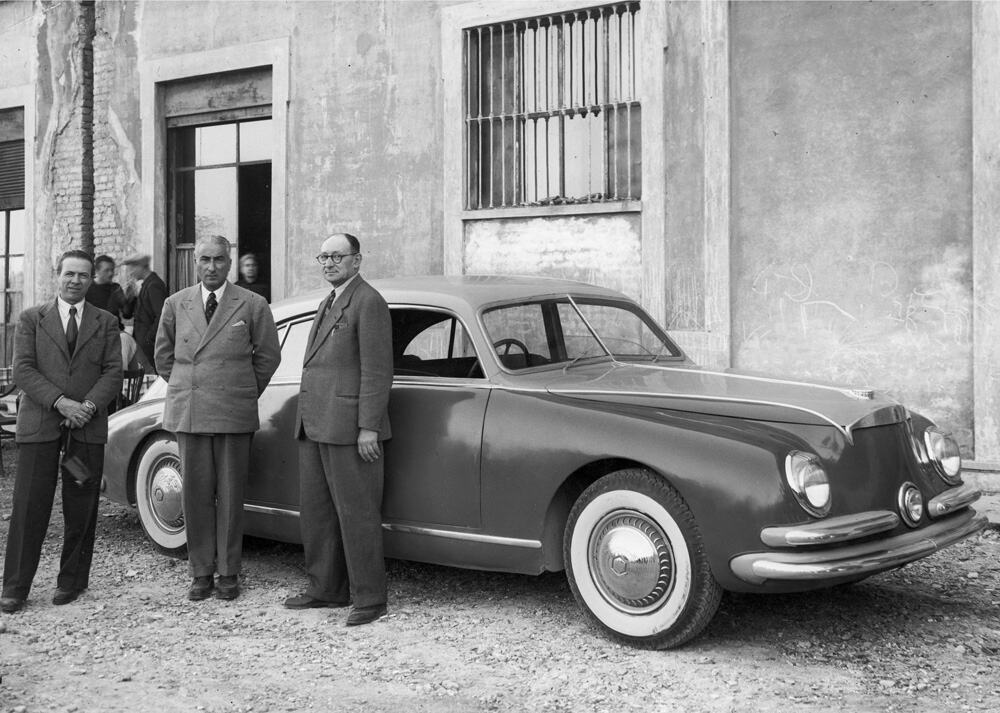
The Isotta Fraschini Tipo 8C Monterosa, introduced in 1947, reflects Isotta Fraschini’s pursuit of luxury and performance in the changes of the postwar automotive landscape. A luxurious and powerful automobile, the Tipo 8C Monterosa epitomized the Italian manufacturer’s commitment to sophistication and performance. Fitted with a potent 2.5-liter straight-eight engine, the Monterosa delivered a seamless combination of power and refinement. The car featured a stylish and aerodynamic body, and the Monterosa’s sumptuous interior was second to none. Only five of these exceptional autos were completed, of which two survive in a completely restored state as part of the Lopresto Collection, housed at Milan’s ADI Design Museum.
Jaguar XK120
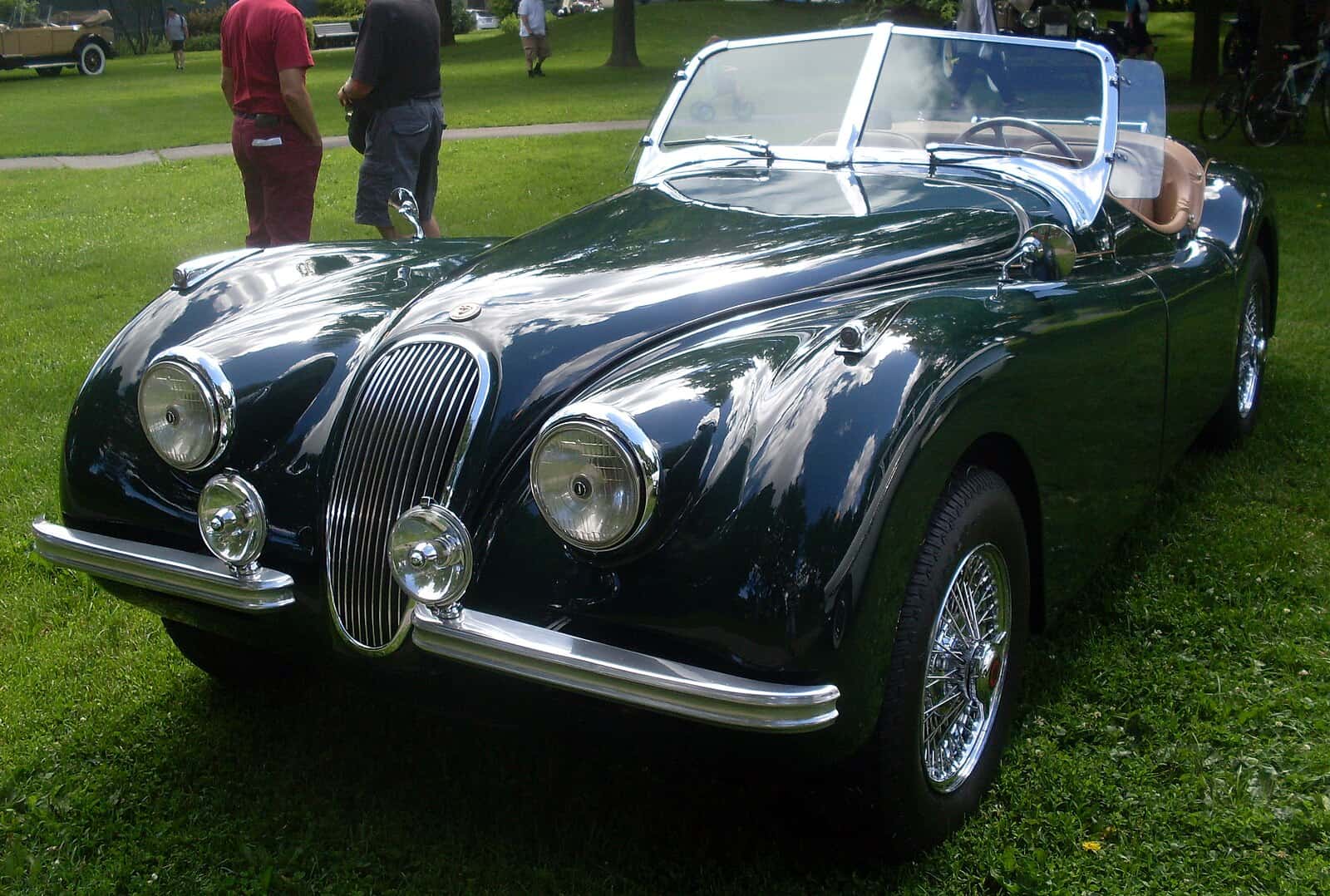
The Jaguar XK120, introduced in 1948, stands as an iconic sports car that left an indelible mark on automotive history. It was unveiled at the London Motor Show and marked Jaguar’s entrance into the high-performance sports car market. The XK120 was powered by a revolutionary 3.4-liter XK engine, with dual overhead camshafts and hemispherical combustion chambers. This innovative powerplant allowed the XK120 to achieve remarkable speeds, earning it the title of the world’s fastest production car at the time. The car’s stunning design, characterized by flowing lines and a sleek profile, contributed to its allure. The XK120 became a symbol of post-war automotive prowess, and its success laid the foundation for Jaguar’s reputation as a producer of high-performance sports cars.
Jowett Javelin
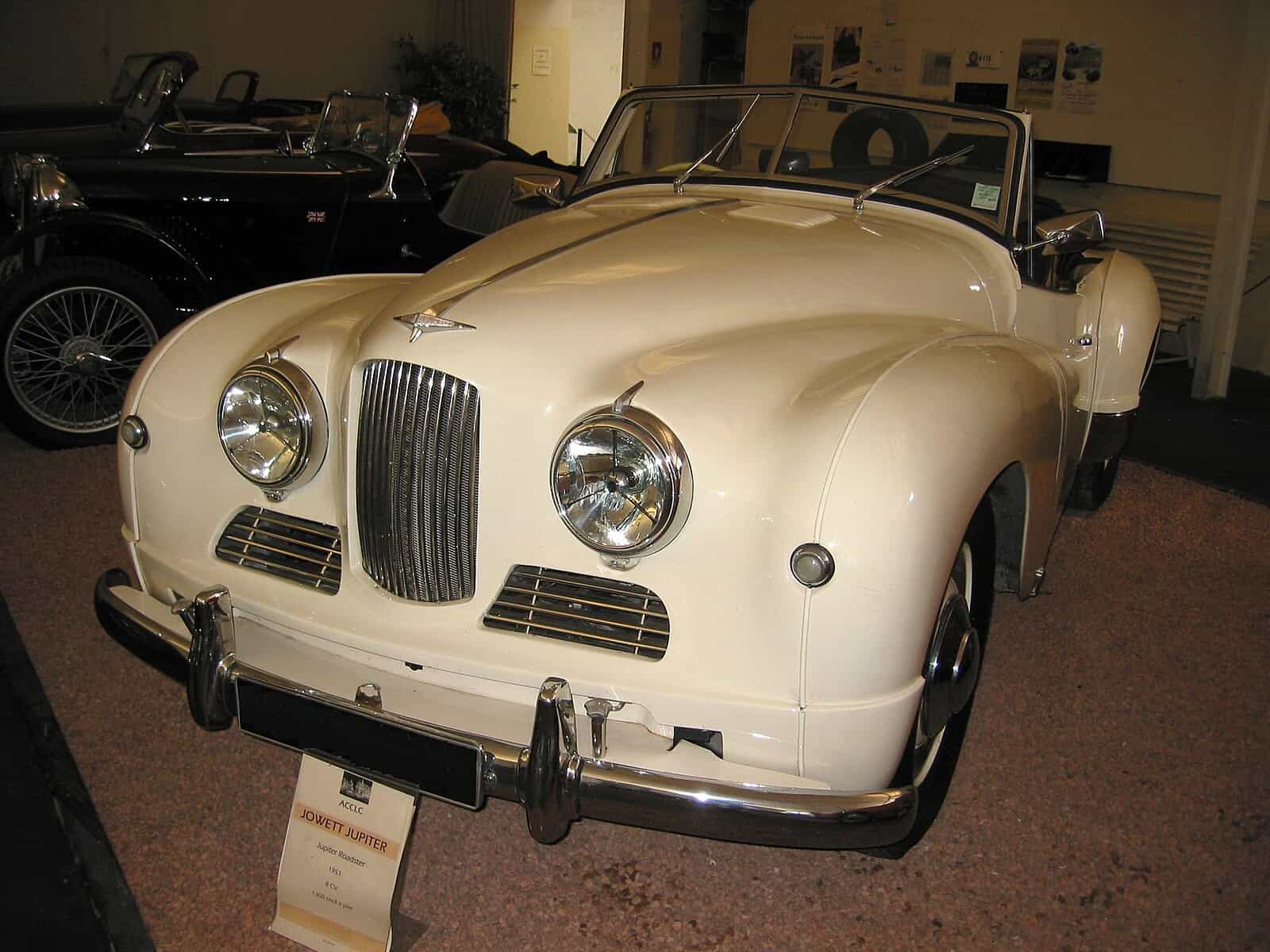
The Jowett Javelin was an innovative British automobile produced from 1947 to 1953 by Jowett Cars Ltd. Notable for its advanced engineering, the Javelin featured a horizontally opposed, water-cooled four-cylinder engine and independent front suspension. Its streamlined design incorporated a distinctive curved shape with integrated headlights, contributing to its aerodynamic efficiency. Despite its modest engine power, the Javelin gained recognition for its handling and fuel efficiency. Disambiguation: The Jowett Javeline should not be confused with the AMC Javelin, manufactured between 1968 to 1974.
Nash Haul Thrift

Introduced in 1947, Nash Haul thrift trucks were part of Nash’s attempt to enter the commercial vehicle market. These trucks were offered in various configurations, including pickups and larger delivery trucks, and were designed to be economical and versatile for small businesses and individual operators. While Nash wasn’t as successful in the truck market as it was with its automobiles, the Haul Thrift series represented an effort to diversify its product line. Of the 5000 trucks produced between 1947 and 1954, approximately 10 remain.
Panhard Dyna X
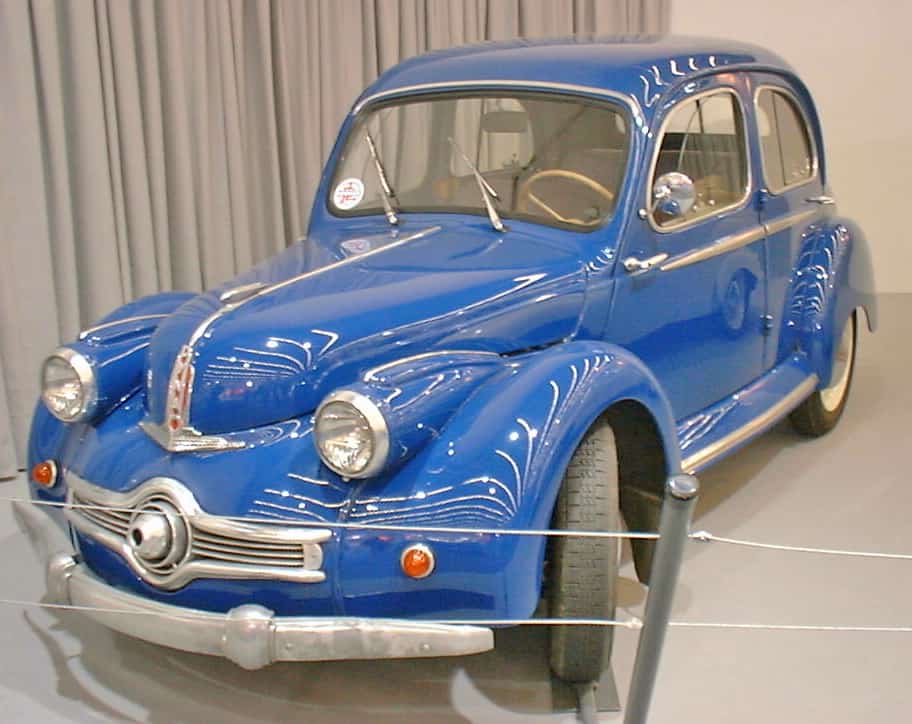
The Panhard Dyna X, introduced in 1946, was a pioneering French automobile known for its innovative design and lightweight construction. Manufactured by Panhard et Levassor, The Dyna X played a role in shaping post-war European automotive design, emphasizing both performance and fuel economy. It featured a front-wheel-drive layout, a flat-twin engine, and a streamlined, aerodynamic design. The combination of these features resulted in impressive fuel efficiency and a distinctive appearance. The Panhard Dyna X is remembered as a trailblazer, reflecting a commitment to efficiency and technological advancement during the immediate post-war period.
Paris-Rhône
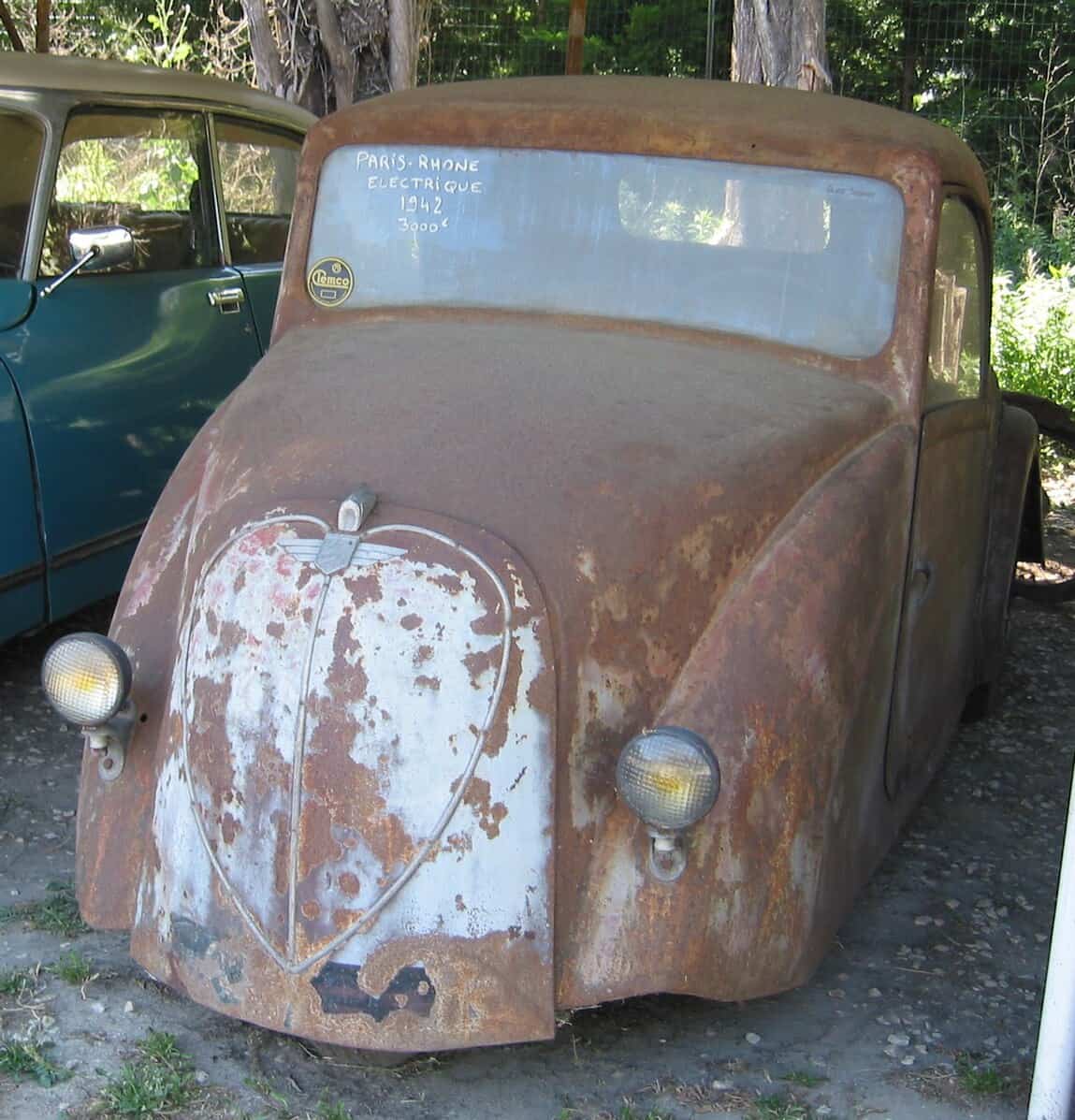
Though Paris-Rhône is historically recognized as an electrical equipment manufacturing company, specializing in generators and alternators, between 1941 and 1950 the company manufactured three-wheeled electric cars. These vehicles were small utility vehicles, often used for local deliveries and short-distance transport. These electric cars were part of the broader effort to address fuel shortages and contribute to more sustainable transportation methods during WWII. Paris-Rhône’s involvement in electric vehicles reflected the company’s adaptation to the challenges of the wartime era and its commitment to innovative solutions.
Soybean Car
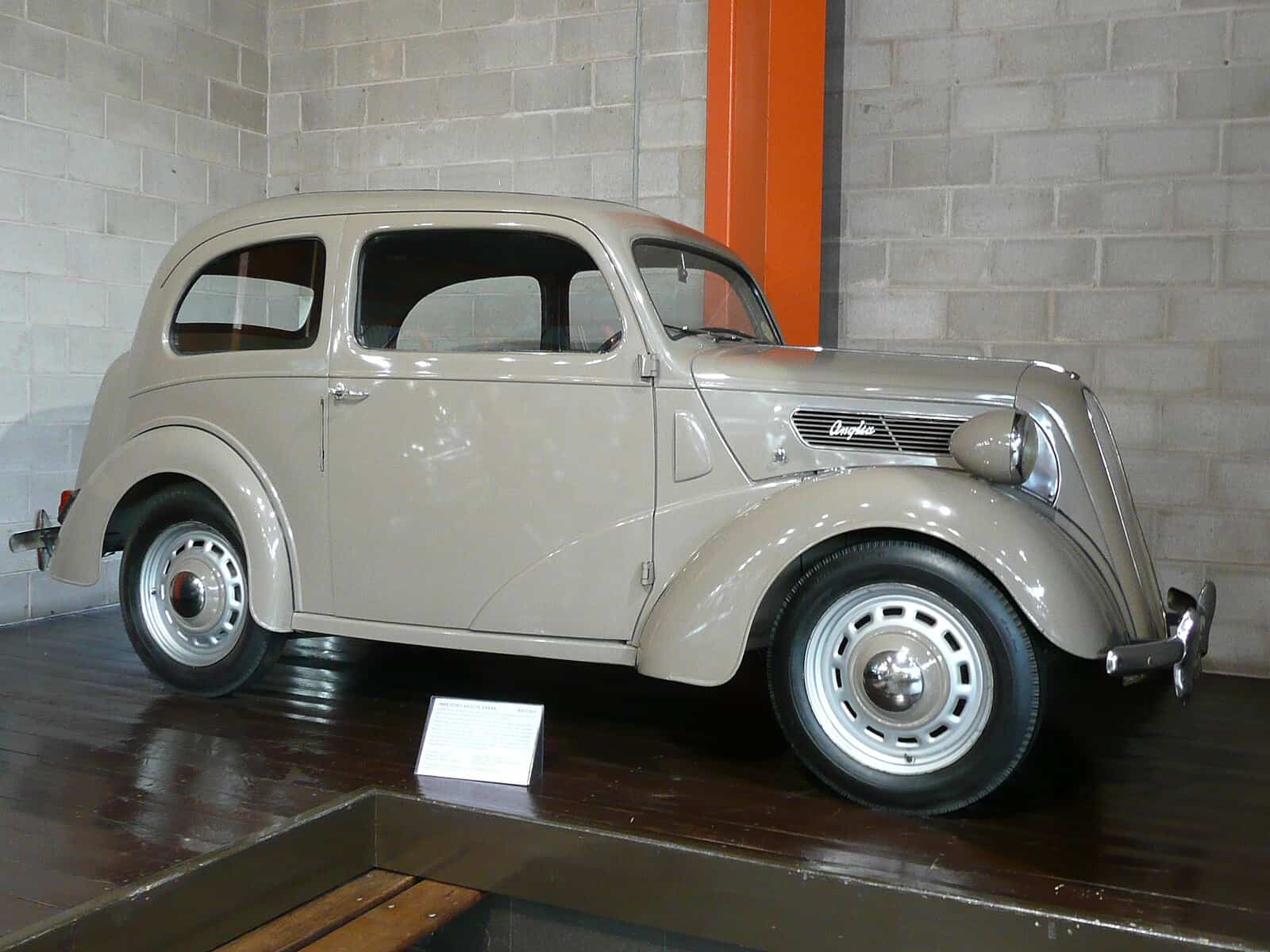
Ford’s soybean car was a notable innovation in response to the challenges posed by World War II. Introduced in 1941, the car incorporated soy-based plastics in various components, including body panels and interior elements. This initiative was a strategic move by Henry Ford to reduce the dependence on traditional materials like steel, which was in high demand for military use during the war. The soybean car, also known as the plastic car, demonstrated Ford’s commitment to finding alternative resources during wartime shortages. While the project didn’t lead to mass production, it exemplified the automotive industry’s adaptability and ingenuity in seeking alternative materials and production methods during times of conflict and resource scarcity.
Talbot Lago-Record Type T26

The Talbot-Lago Type T26 was a luxury car produced by the French automotive manufacturer Talbot-Lago from 1946 to 1953. The T26 featured advanced engineering, including a heavy-duty inline-six engine and independent front suspension. The T26 was a symbol of post-war automotive luxury and sophistication. The car’s successful blend of performance, style, and engineering excellence contributed to its status as one of the premier grand touring automobiles of the time..
Tucker Torpedo /Tucker 48
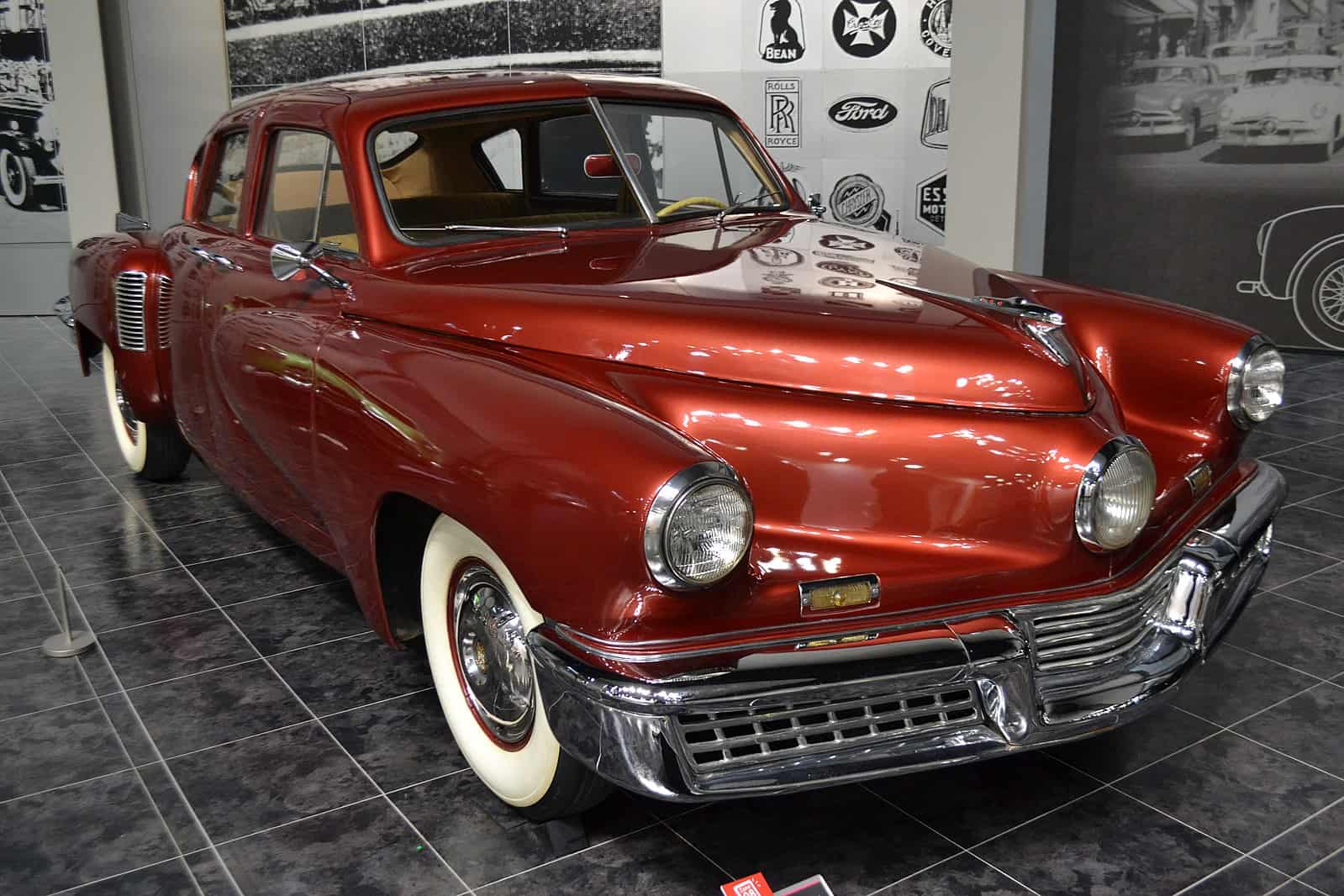
The Tucker Torpedo, later called the Tucker 48, was a groundbreaking and futuristic automobile introduced by Preston Tucker in 1948. Its revolutionary features included a rear-engine design, a safety-centric “Cyclops” central headlight that turned with the steering wheel, and a distinctive fastback body shape. Equipped with a rear-mounted helicopter-derived engine, the Tucker 48 was ahead of its time in terms of safety features, including a reinforced safety cage and a pop-out windshield. Despite its cutting-edge design, only 51 Tucker 48 cars were completed before financial difficulties and legal challenges led the Tucker Corporation to close their doors in 1949.
Willys Station Wagon

The Willy Jeep Station Wagon, introduced in 1946, holds the distinction of being one of the earliest mass-produced all-steel station wagons. The Willys Jeep Station Wagon played a pivotal role in shaping the present SUV and crossover market. Manufactured by Willys-Overland, the wagon featured a rugged, utilitarian design with a steel body. Available in both two-wheel and four-wheel-drive configurations, the Willys wagon was embraced for its off-road capabilities and spacious interior. Many Willys were painted to resemble the wood-grain paneling of Ford’s Woody. From family transport to commercial use, the Willys Jeep Staton Wagon laid the groundwork for the subsequent sport utility vehicles of the modern age.
ZIS-110
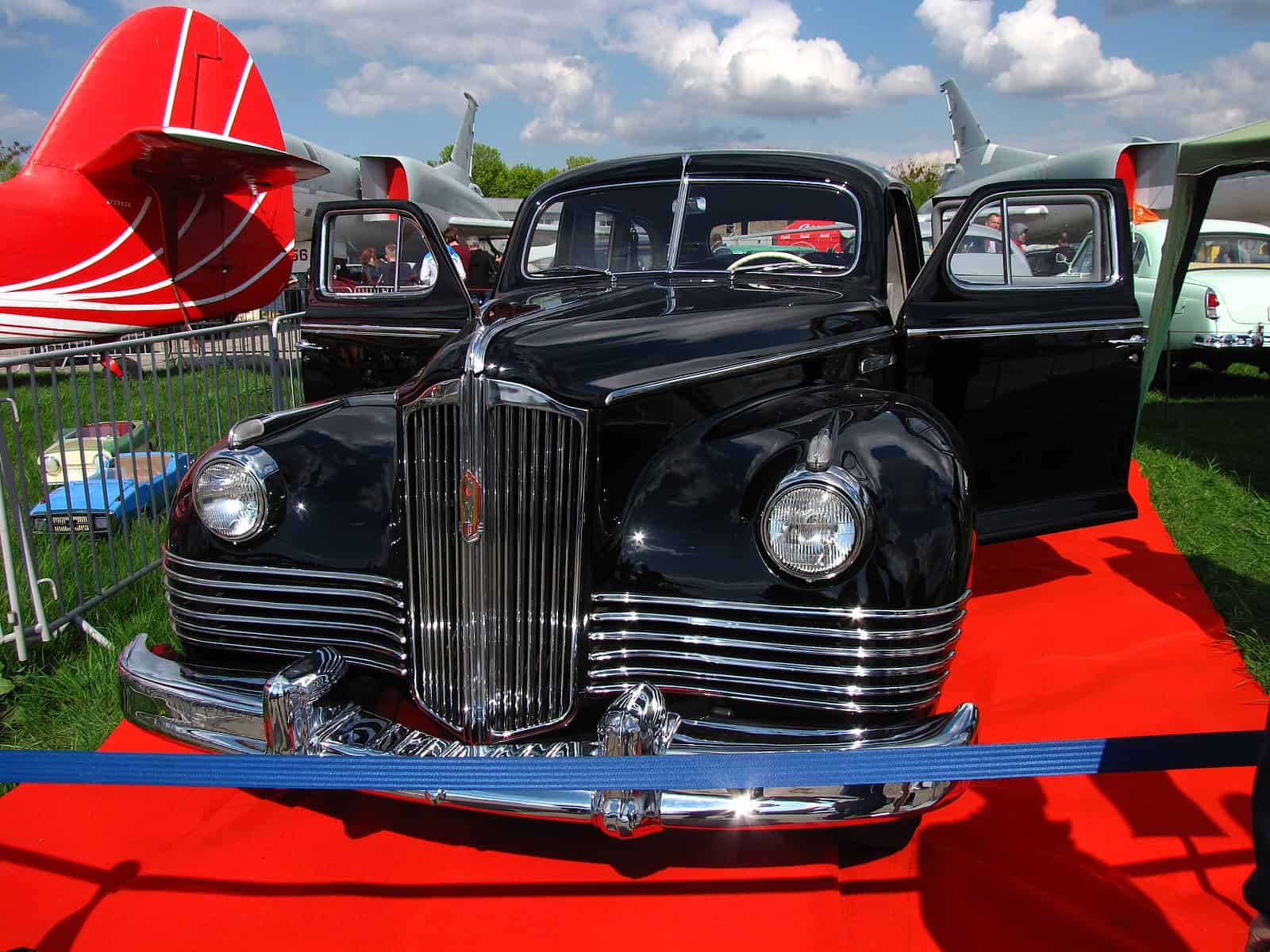
The ZIS-110, a Soviet limousine produced from 1945 to 1958, was an emblematic luxury car used by high-ranking government officials and dignitaries during the post-World War II era. Manufactured by the Soviet firm Zavod Imeni Stalina (ZIS), the ZIS-110 was characterized by its imposing and stately design. Powered by an impressive 6.0-liter V8 engine, the ZIS-110 delivered a smooth and comfortable ride. The car’s construction, including a chrome grille, reflected the Soviet Union’s attempt to rival Western luxury automobiles.
Get Ready To Retire (Sponsored)
Start by taking a quick retirement quiz from SmartAsset that will match you with up to 3 financial advisors that serve your area and beyond in 5 minutes, or less.
Each advisor has been vetted by SmartAsset and is held to a fiduciary standard to act in your best interests.
Here’s how it works:
1. Answer SmartAsset advisor match quiz
2. Review your pre-screened matches at your leisure. Check out the advisors’ profiles.
3. Speak with advisors at no cost to you. Have an introductory call on the phone or introduction in person and choose whom to work with in the future
Thank you for reading! Have some feedback for us?
Contact the 24/7 Wall St. editorial team.
